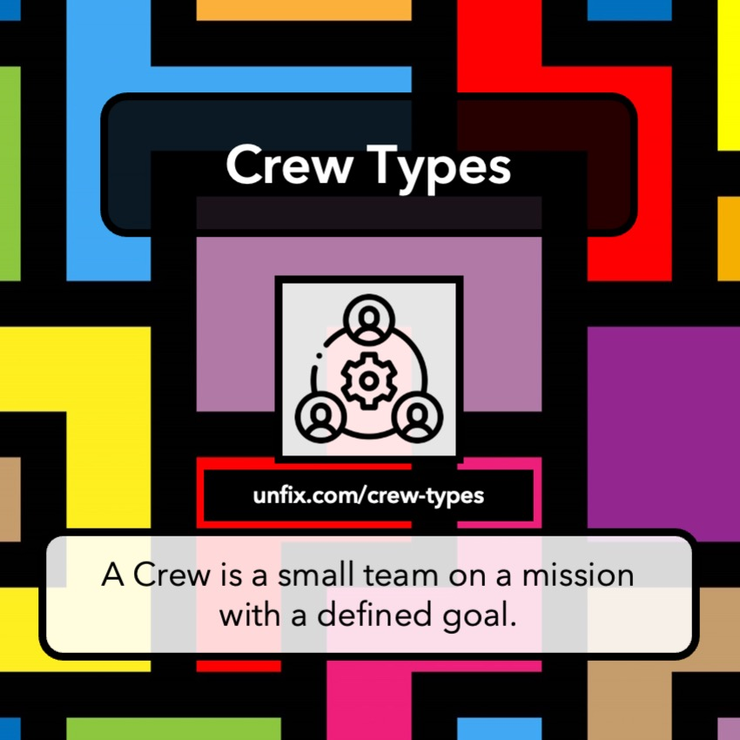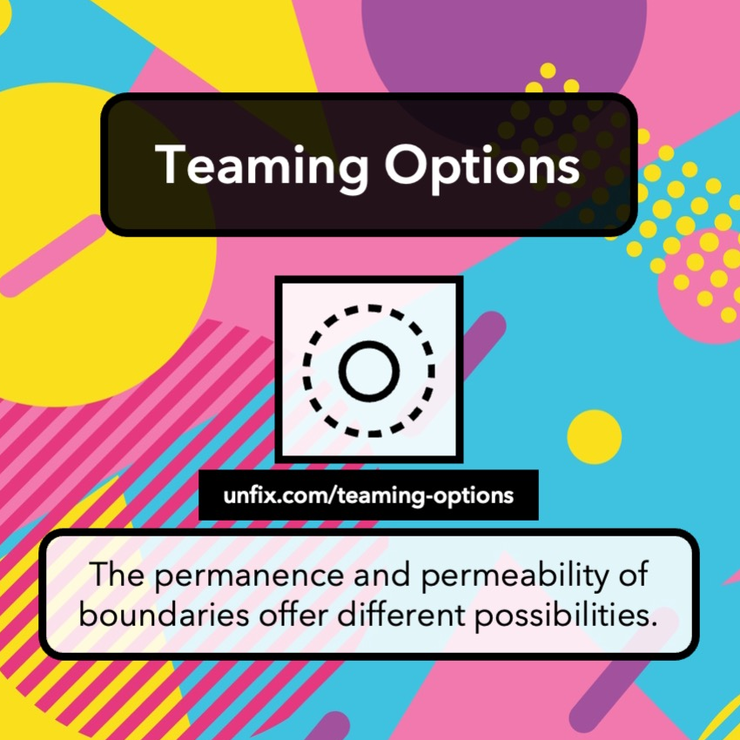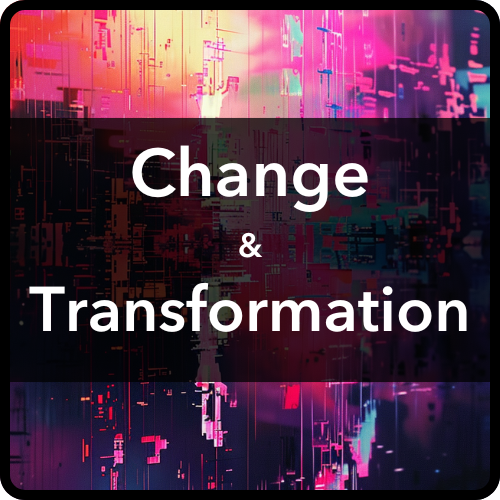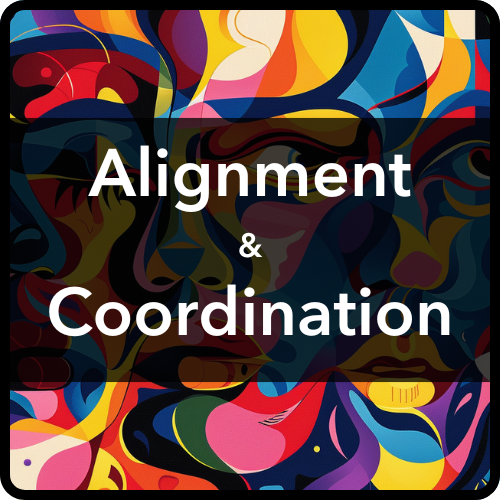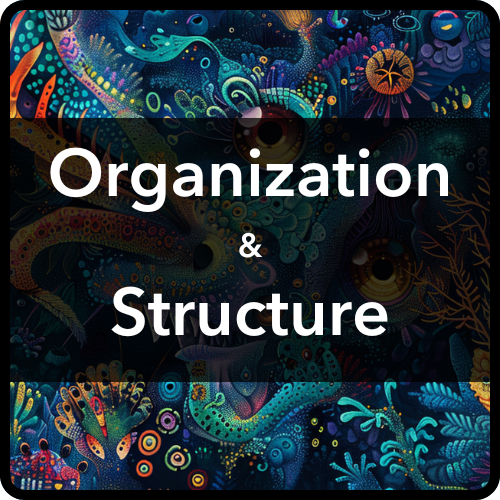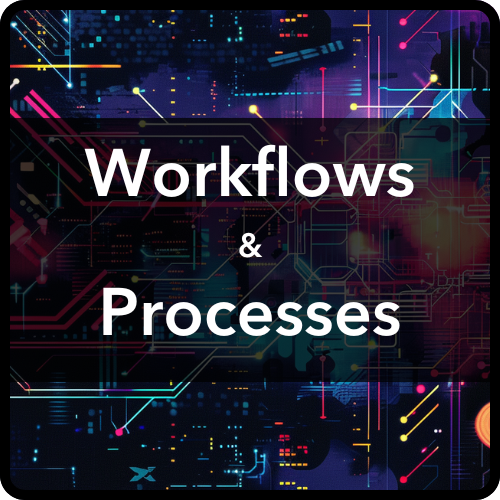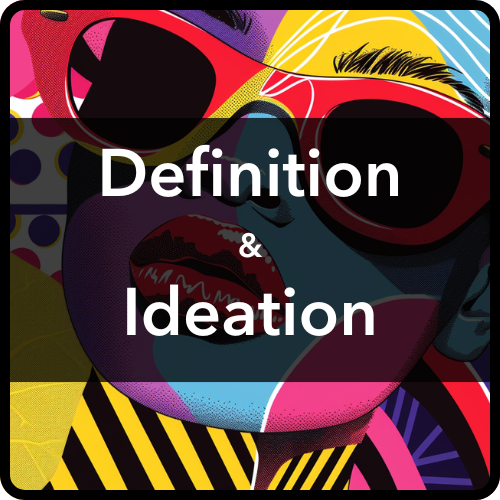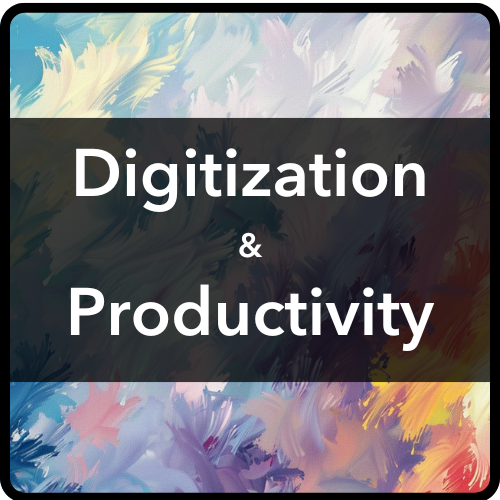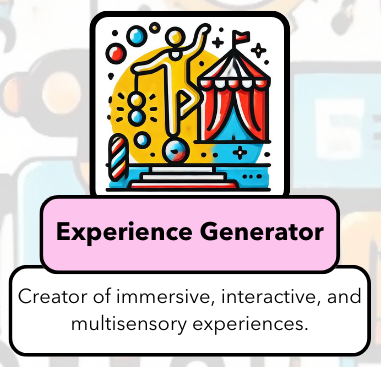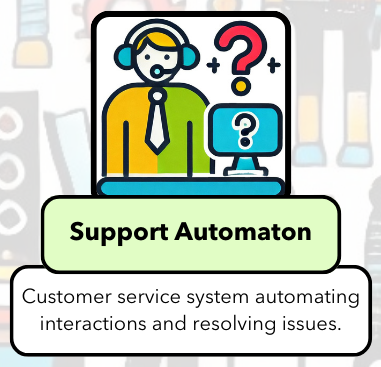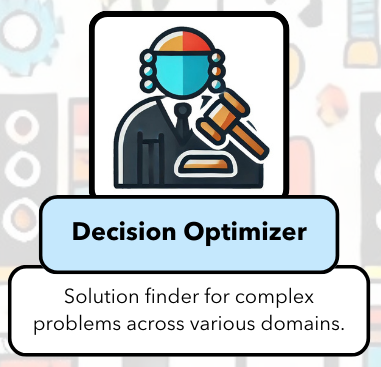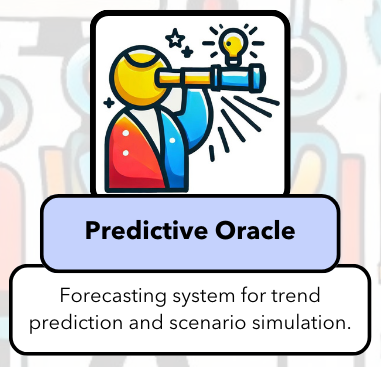
Scaling Out in the Age of AI
Definition & Ideation
Journeys to Customer Delight

Mini-workshop
(in development)
Format: in-person, online class, or self-paced
Duration: 3 hours
Target Audience: Development and Operational Teams, Product Managers and Team Leaders, Lean and Agile Coaches and Consultants, Change Agents and Innovation Champions, HR and Employee Engagement Specialists
Journeys to Customer Delight
Ready to take your product development skills to the next level? Our workshop is your ticket to mastering the art of creating innovative and impactful products!
First, we'll discuss the importance of having a crystal-clear product vision. You'll learn how to define and articulate your vision, setting the stage for success right from the start. We'll also show you how to identify customer needs and craft irresistible value propositions that will make your product stand out in the market.
Next, get ready to roll up your sleeves and dive into experimentation and prototyping. Discover strategies for designing experiments that are cheap, safe, and lightning-fast to implement. We'll also teach you how to identify assumptions, formulate testable hypotheses, and create effective prototypes using the minimum viable product (MVP) approach.
But we're not stopping there! You'll also learn all about feedback loops and how they can supercharge your product development process. From evaluating product ideas to reducing risks and maximizing learning, we'll cover it all. Plus, we'll delve into the exciting world of AI-driven innovation and explore how artificial intelligence can take your product development to new heights.
Learning Objectives:
Define clear product visions and craft compelling value propositions.
Design and execute effective experiments and prototypes.
Harness feedback loops and AI-driven innovation to drive continuous improvement.

Program
(draft / tentative)
1. Vision and Value
Product Vision
Value Proposition
2. Experimentation and Prototyping
Cheap, Safe, and Fast Experiments
Assumptions and Testable Hypotheses
Minimum Viable Products
3. Feedback loops
Business Design
Risk Reduction, Learning Maximization
Iterations vs. Increments
Innovation Vortex
4. AI-Driven Innovation
AI-Driven Innovation

We use our popular unFIX cards in all workshops to boost creative gameplay and engaging discussions. Some examples:

unFIX XL: Scaling Out in the Age of AI (mini-workshops)





